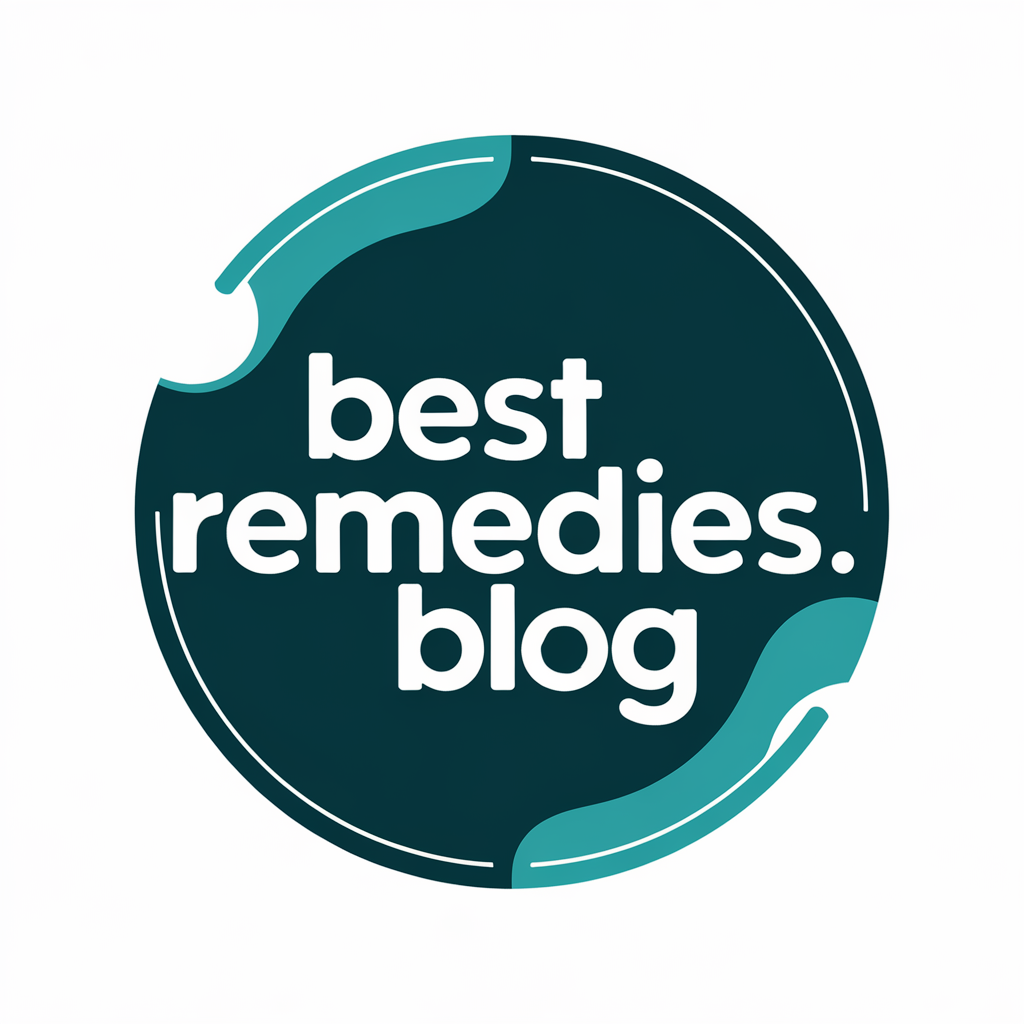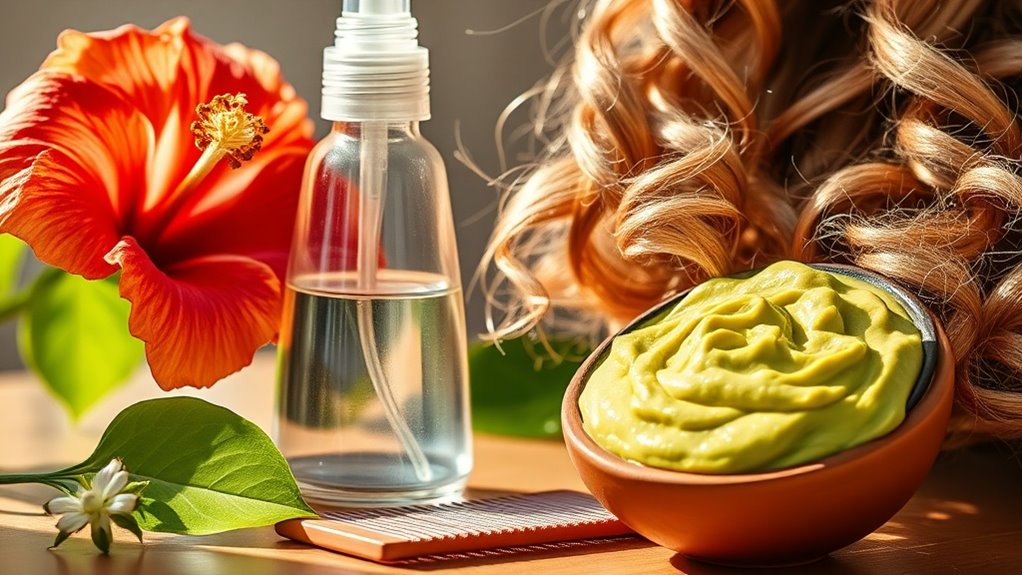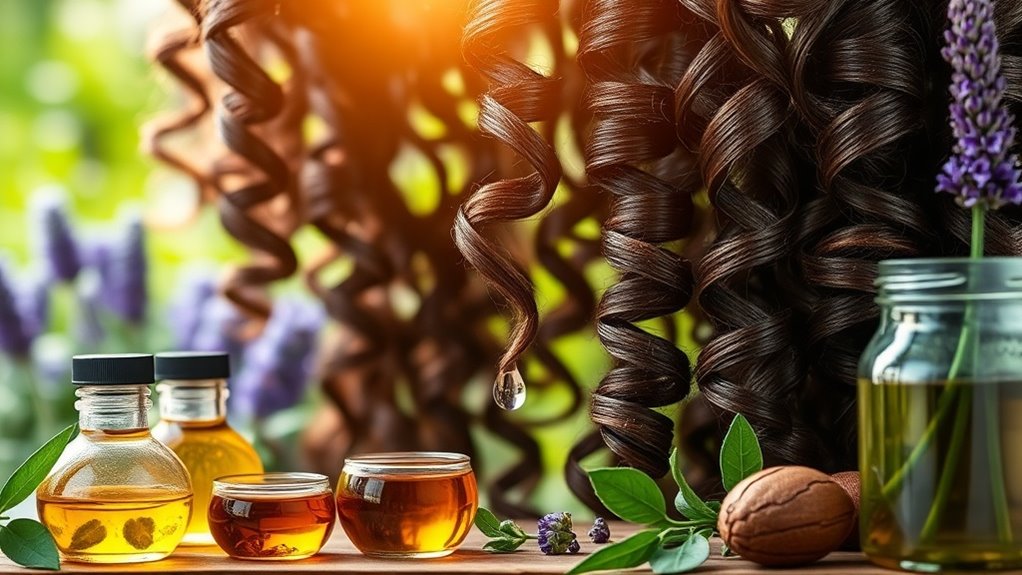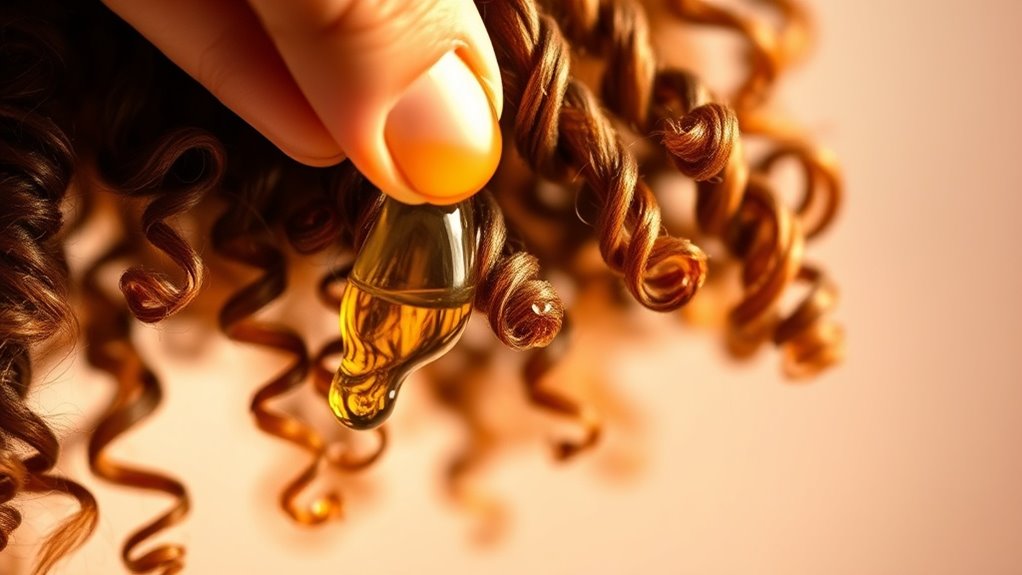How I Fixed My Hair Without Salon Products
Have you ever questioned whether natural ingredients can truly restore your damaged hair? You can achieve this at home by selecting the right ones, like aloe vera and coconut oil, and applying them consistently. As you uncover these practical steps, you’ll start seeing real changes that make it worth exploring further.
Key Takeaways
- Assess hair daily for signs of dryness or damage to target specific issues effectively.
- Select natural ingredients like coconut oil and aloe vera for homemade treatments.
- Apply weekly masks and daily hydration techniques using kitchen staples.
- Perform patch tests to ensure safety and avoid allergic reactions.
- Build a long-term routine with regular monitoring and adjustments for sustained hair health.
Identifying the Hair Issues
How do you spot hair issues before they worsen?
In curly hair home care, you begin by examining your curls daily under natural light for dryness, a key sign of moisture loss that leads to breakage.
Feel for frizz or roughness, indicating protein imbalance or environmental damage.
Test elasticity by gently stretching a strand—if it doesn’t bounce back, you’re facing weakness.
Inspect ends for splits and monitor shedding patterns after washing.
For enhanced curly hair care, incorporate essential ingredients to nourish and tailor your treatment effectively.
Selecting Natural Ingredients
When you’re selecting natural ingredients for your hair care routine, start by choosing essential oils that match your specific needs, like tea tree for scalp issues or lavender for soothing dry strands.
You’ll want to pick herbal extracts such as aloe vera for moisture or rosemary to promote growth, ensuring they’re pure and free from additives.
This approach lets you create effective, customized treatments right at home.
For even better hair growth, don’t forget to add carrier oils like coconut or jojoba to your blend for nourishing the scalp and enhancing overall health.
Choose Essential Oils
When selecting essential oils for your hair care routine, focus on high-quality, pure options that match your specific needs. You’ll want to choose oils based on their proven benefits, such as promoting growth or soothing irritation, while ensuring they’re sourced from reputable suppliers. Always perform a patch test and dilute with a carrier oil like jojoba.
| Essential Oil | Benefits for Hair | Usage Tip |
|---|---|---|
| Lavender | Soothes scalp, reduces inflammation | Add 2-3 drops to oil blend |
| Tea Tree | Antibacterial, controls oil | Mix into shampoo routine |
| Rosemary | Stimulates growth, strengthens strands | Apply in scalp massage |
| Peppermint | Invigorates, improves circulation | Use in conditioner mix |
This approach enhances your routine effectively. (99 words)
Pick Herbal Extracts
Herbal extracts enhance your hair care naturally, offering targeted benefits like hydration or scalp health.
When selecting them, you start by identifying your hair’s needs—dryness might call for aloe vera, while dandruff suggests witch hazel.
Always choose pure, organic options from reputable sources to ensure potency and avoid contaminants.
Check for certifications like USDA organic, and consider extraction methods like cold-pressing for maximum efficacy.
Experiment by mixing extracts into homemade treatments, starting with small amounts to monitor effects and achieve personalized results without salon reliance.
Preparing Homemade Treatments
You’ll start by gathering natural ingredients tailored to your hair type, such as aloe vera or coconut oil, to ensure they’re fresh and effective for your needs.
Next, mix the treatment base by combining these elements in precise ratios, using tools like a blender for even blending and optimal results.
This practical method empowers you to craft personalized treatments that revitalize your hair at home.
For added hydration, incorporate honey into your mix, as it serves as a natural humectant to attract and retain moisture in your hair.
[LIST OF 3 SUBHEADING DISCUSSION POINTS IN ENGLISH
Preparing homemade hair treatments starts with three essential steps that ensure safety and effectiveness.





